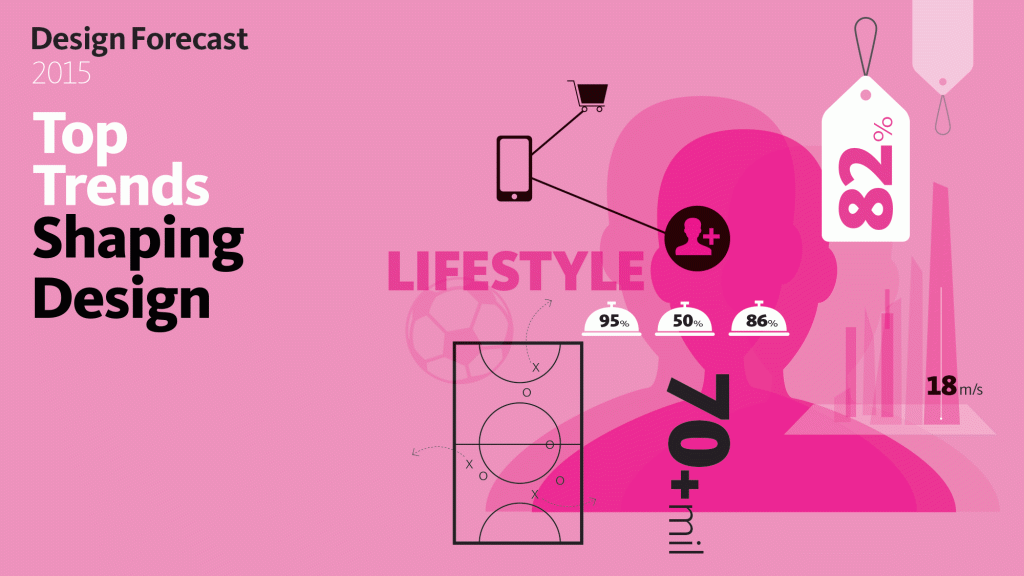The Future of Lifestyle
Place and experience are combining in new ways to redefine leisure for a new generation of customers.
The connected life
Untethered and self-directed: this is our human reality going forward. Yet we’ve never been more connected, navigating the world with digital prompts. Every foray into experience is loaded with content that’s curated, diverse, and social. The settings, from the smallest shop to the densest, tallest urban district, attract and engage us in personal terms: “You matter,” they seem to say. We like that.
20
Looking for differentiation
Instead of taking a “House of Brands” approach, retail centers are celebrating context by personalizing placemaking to their location and targeted demographic. The differentiator is engaging experience, connecting to their communities by curating programmed activities with rich content. Real-time data on shoppers’ movements helps centers tailor experience to them. As retailers’ real and digital worlds converge, the browse/buy function is evolving. Shoppers go to stores, then buy online, or vice versa. This and instant access to information are disruptive, yet centers’ conversion rates, sales, and revenues are rising. With less need to stock merchandise, store formats will get smaller, focusing on brand-building and catering to their customer communities.
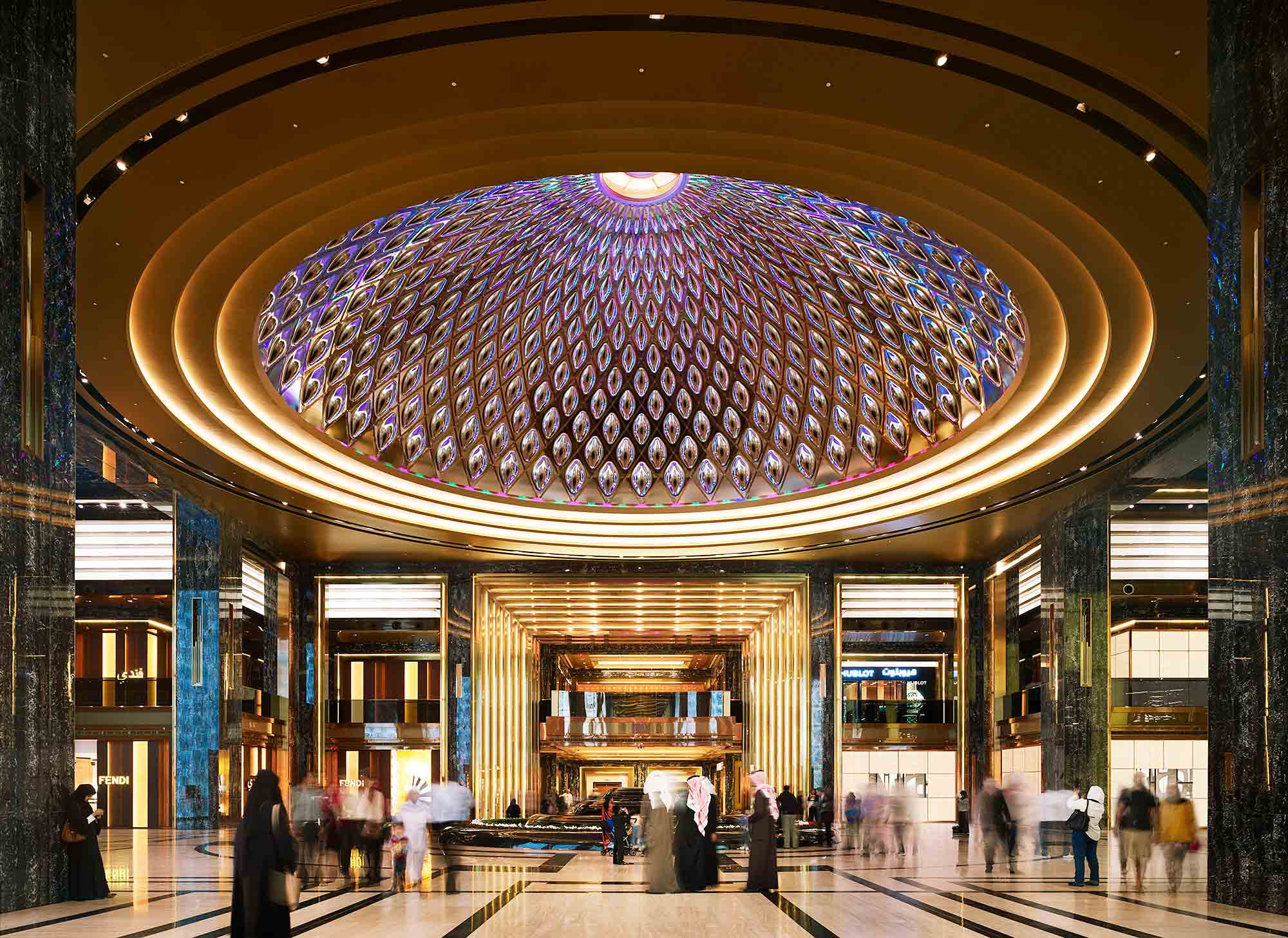
The Avenues, Kuwait City’s most popular retail destination, combines a variety of international and regional architectural settings. But it does so with a nod to local social customs and shopping habits, which favor a group dynamic.
21
Retail’s new worldliness
The widespread desire on the part of national brands to push beyond their core markets means that established “legacy” brands will be competing on their own turf with new formats and offerings. For their part, legacy brands will continue their global push, often reinventing themselves in the process—both to be relevant to a new customer base and to move up market. Thanks to the Cloud, retailers will find that “no store is an island.” Even the most craft-based or curated backstreet shop will be in conversation with the wider world. Retail is both local and much broader. Word of mouth, so important to sales, is part of the smartphone data that gives retailers the bigger picture. In time, that knowledge will reshape the stores around how customers really browse and shop.
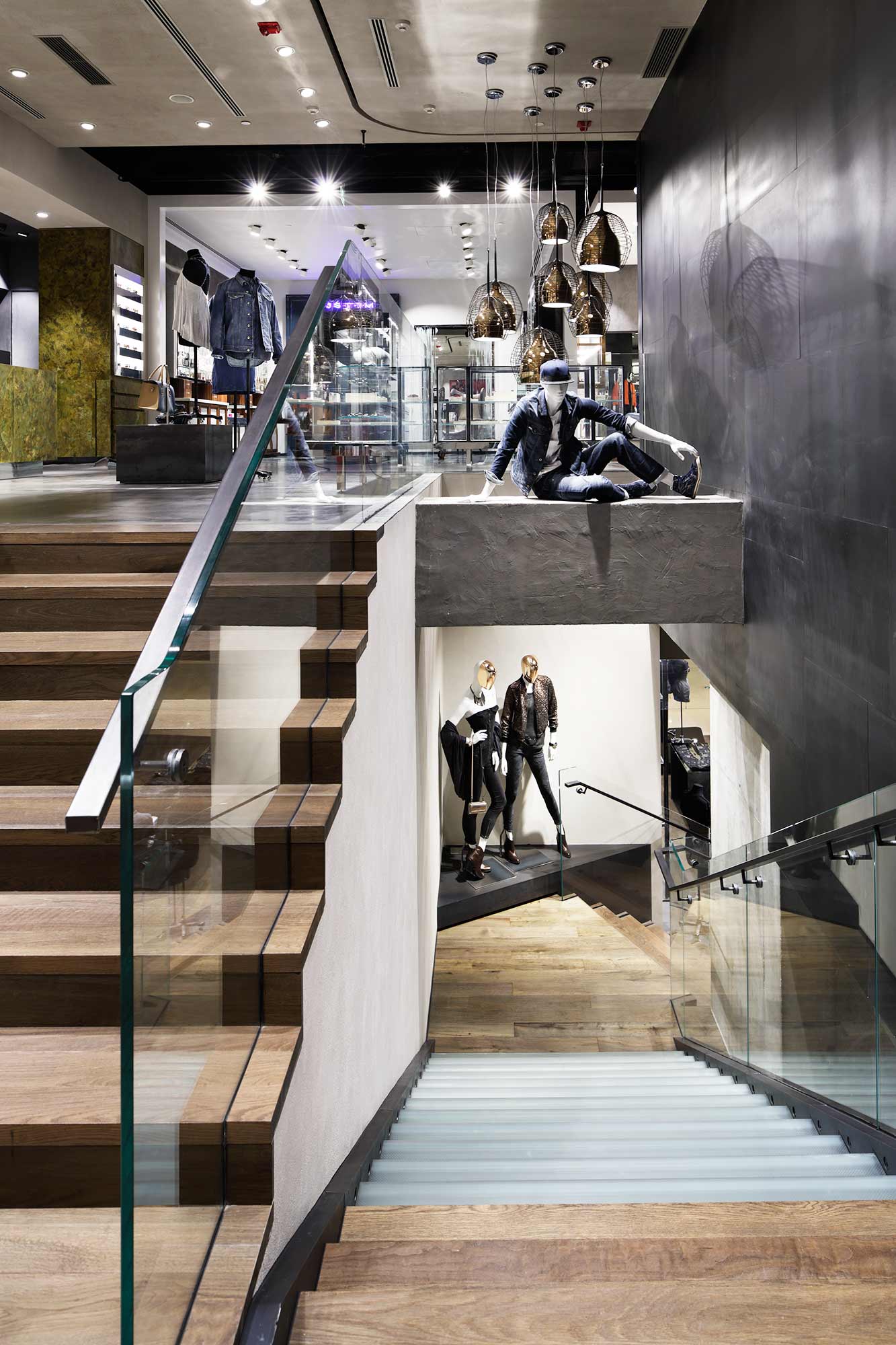
Shanghai’s Diesel Planet store integrates customized tailoring to set itself apart as an international brand. More and more, retail brands break out of their at-home image in new regional markets to target more affluent consumers.
22
Urbanization drives mixed use
While urbanization will take many cities to higher densities, it will also spur development of urban centers across their regions. Mixed use is emerging as the “new normal” because it’s proving to be a scalable solution to the need to use land intelligently to create real destinations that leverage transit, encourage walking and biking, and deliver urbanity and authenticity. To achieve this, developers will move away from variations on limited real estate products to embrace new, hybrid programs and formats with greater flexibility to mix, curate, and deliver the cachet needed to attract the best tenants. Large-scale mixed use is likely to be generated by fast-growing cities, while others will focus on redeveloping what exists to preserve the authenticity of their urban fabric.

Located at Los Angeles’ front door, the 6.3-acre Metropolis mixed-use development is the brainchild of Shanghai-based Greenland Group. Phase one is a 19-story hotel and a 38-story residential tower designed by Gensler.
23
Entertainment has to connect
Entertainment projects start with a vision of the experience. Today, if the experience can’t be shared in real time, it didn’t happen. Sending friends photos and clips by phone reflects an active, expanded kind of engagement. The venues will be rethought around it. The goal is to connect with the audience before, during, and after the event so people are engaged and the ROI is higher. So stand-alone entertainment venues won’t be viable without the critical mass that variety and proximity generate. This points to integrated, immersive destinations incorporating theme park gates, retail and dining, entertainment, and hospitality. Smaller centers can work if they tap the urban mix. Each needs a vision that gives it content and guides the design.
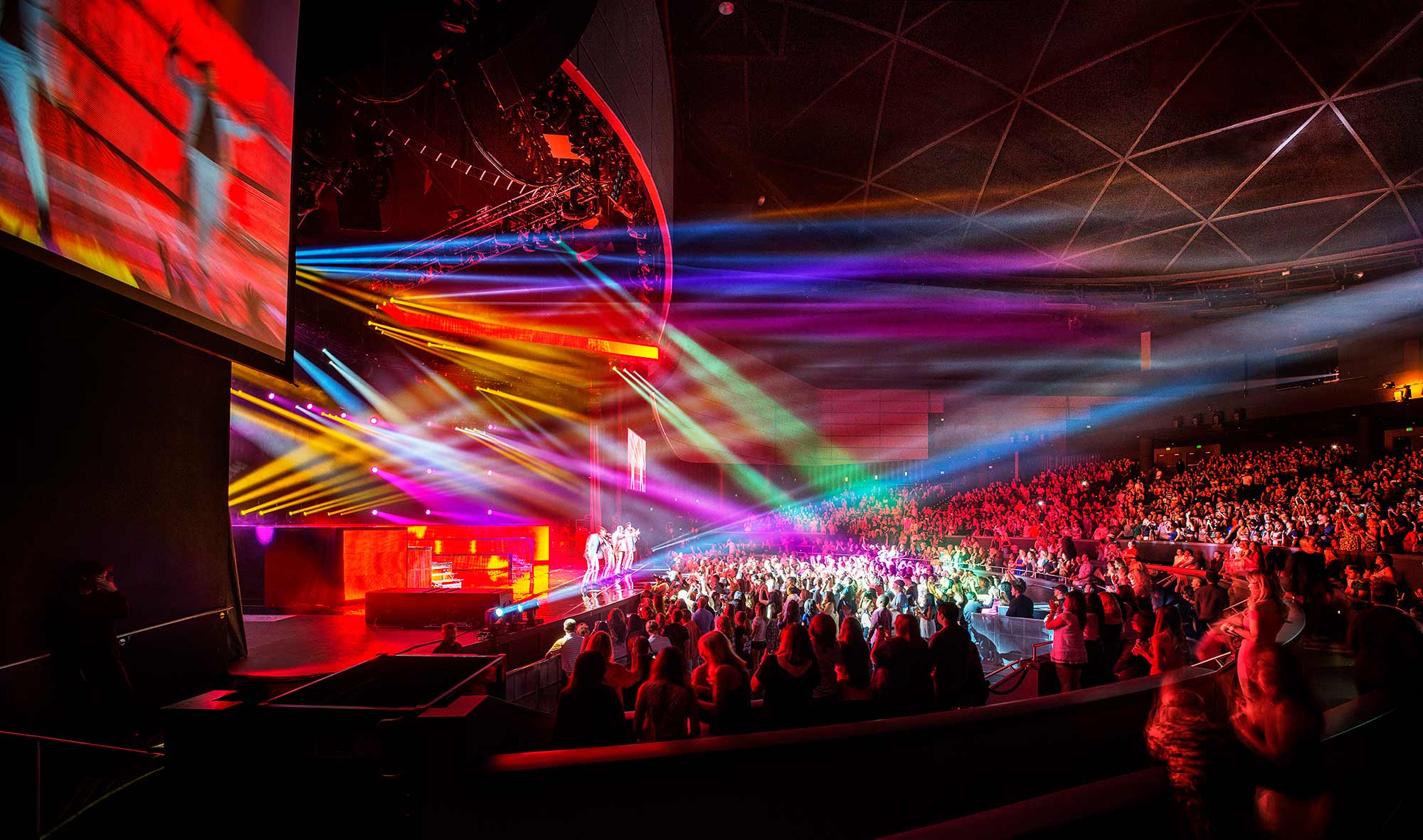
In sharp contrast to resort destinations, which tap a widely dispersed audience, urban entertainment centers can thrive on the critical mass of a large local population with expendable income.
24
A revenue-enhancing experience
While sports are often steeped in tradition, how fans engage with them constantly evolves. Meeting these changing expectations is the challenge sports venues face. Beyond the game itself, amenities in and around the venues give fans a sustained and individualized experience. Savvy franchises are growing revenues by tailoring their offerings to the convenience, comfort, and desires of a diverse fanbase. VIP lounges, deluxe suites, and celebrity-chef concessions are part of the flavor of “being there,” as are fantasy sports lounges and ample WiFi access. Fans will spend more time and money for the added value.These new venues spark and anchor mixed use, and can host non-sports events to boost revenues before and after the games and in the off-season.
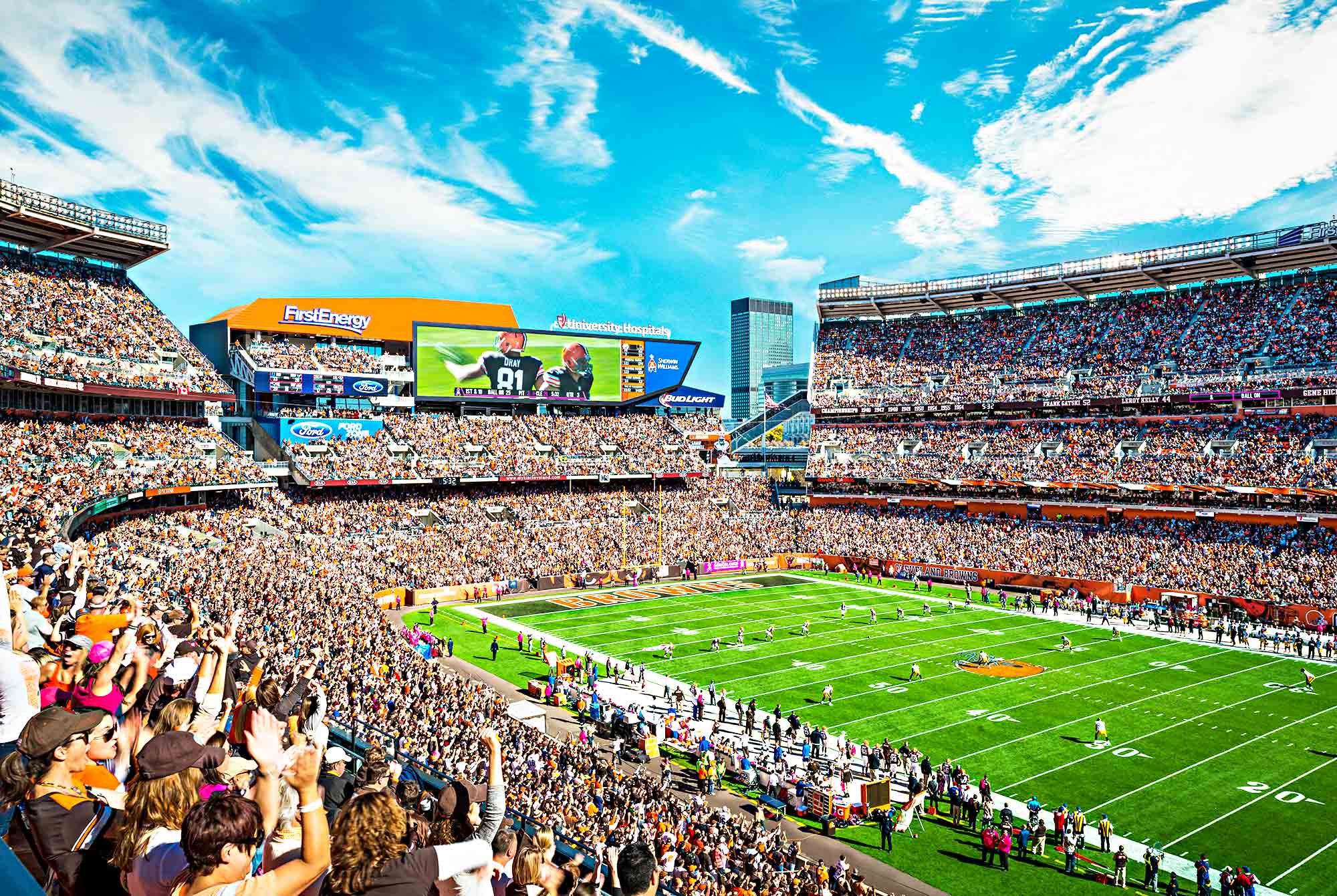
Sponsored fan destinations, strategic graphics, giant HD video boards, and a high-performance new sound system redefine the fan experience at FirstEnergy Stadium, capturing a new intimacy and a tangible home-field advantage.
25
Taking an experiential approach
In today’s ultra-connected world, everyone has a voice. Consumers engage with brands on their own terms. Word of mouth drives their decisions. Gensler research shows that engagement is fundamental to the rest of the brand equation: 94 percent of the time, a favorite brand will be recommended to family and friends. But the challenge for brands today is to cut through the chatter of a zillion conversations. It means that brands have to connect holistically, taking an experiential approach. While people can opt in digitally, places and settings immerse them in messages, feelings, and information that align the brand with heads and hearts. Personally experiencing a brand means engaging with it emotionally so it’s valued and becomes an intrinsic part of life.
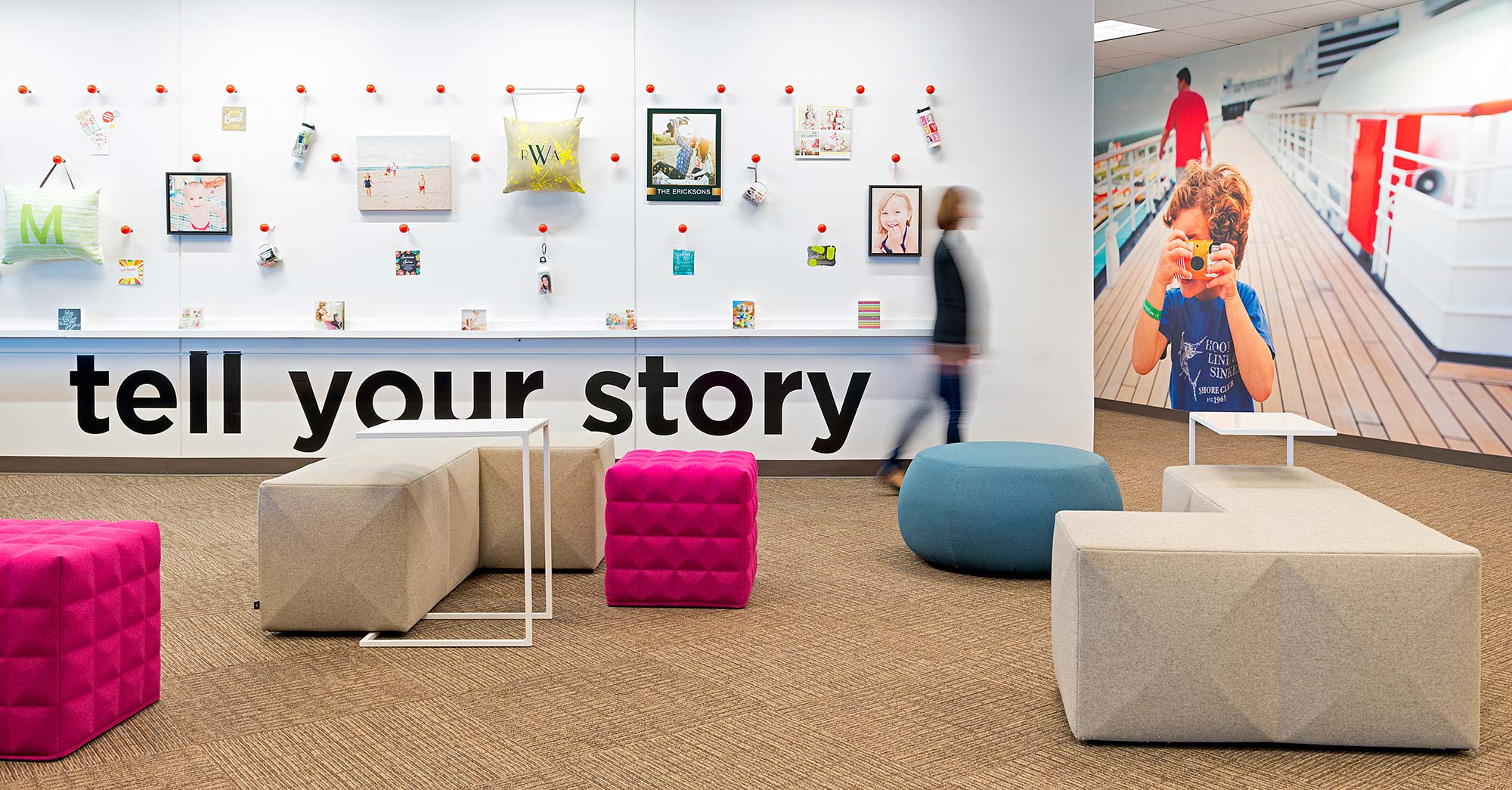
Tech, entertainment, and automotive brands are more likely to spread via word of mouth than sports, clothing, and financial brands, according to our research. Entertainment and sports brands have the most die-hard fans.
26
Maximizing return on experience
People will pay more for an experience. That’s increasingly true today as affluence is buoyed by a rising global middle class. To provide it, the hospitality sector is working overtime to be informal and welcoming. Where applicable, hotels are integrating local culture and inviting the community in. See-and-be-seen lobbies mix work, socializing, and relaxation. Travel trends, like vacationing with the extended family, are addressed. Hotels are often “home away,” so they’re making space and adding warmth. Well-being is a priority: fitness, healthy food, and wellness options are attractors. Sustainable is important to match with values. Hospitality brands know that guests engage with them before they arrive. By focusing on the relationship, they set the stage for residences and other products.
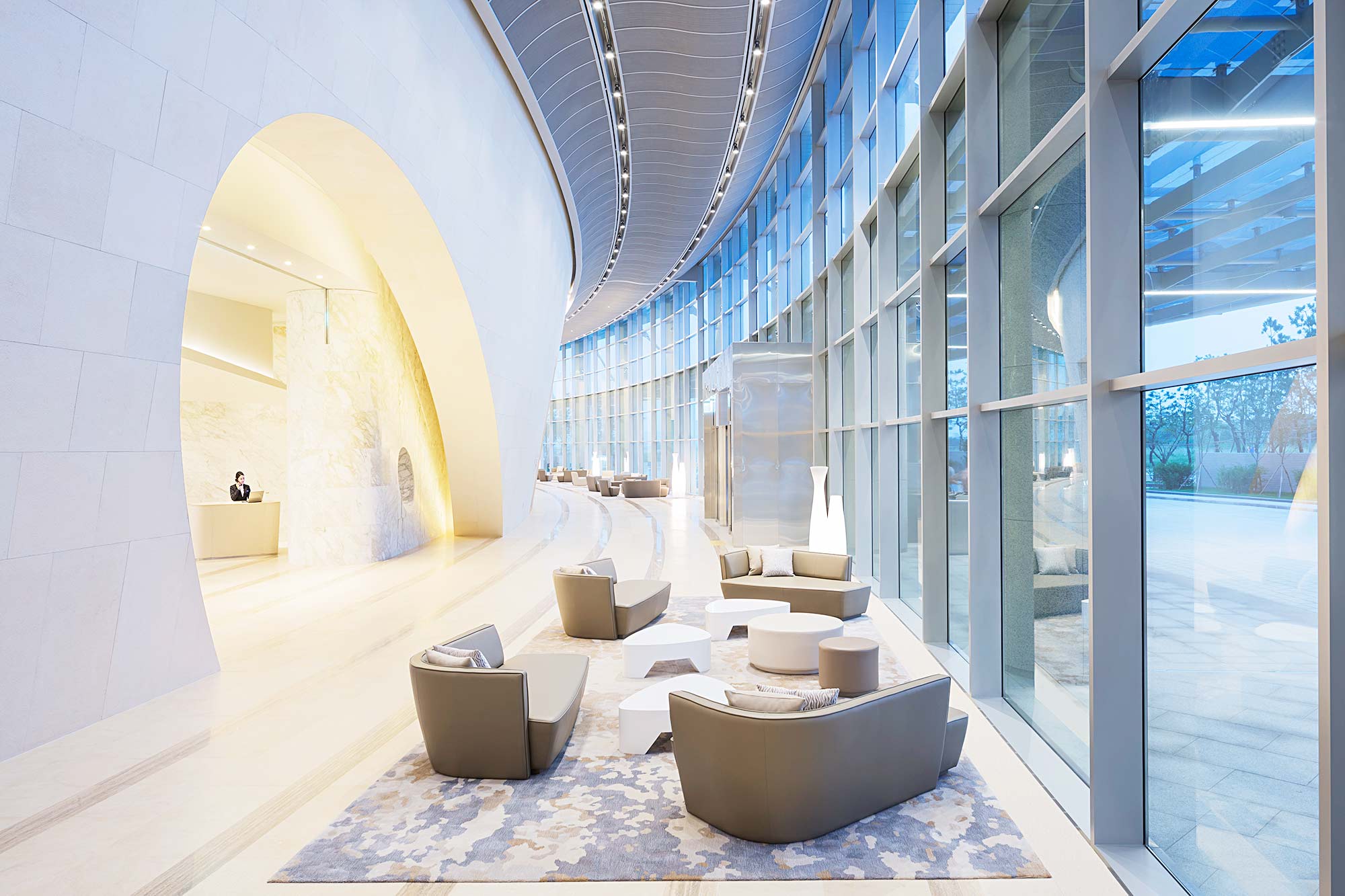
Lobbies are changing fast. As check-in gets personal and tablet-based, the front desk is fading. Now lobbies are for working, served by wifi and furnished for small meetings or time alone. Lobby retail and lounges drive new revenue.
27
Engines of vitality: vertical cities
The success of tall buildings will be measured by how well they attract and support tenants, and how well they fit with and enliven the city at their feet. Tomorrow’s mixed-use towers will anchor districts that are diverse, walkable, and transit-served. Vertical communities will find a new synergy with activities on the ground, instead of ignoring them. They will help redefine the city as a place where density takes a richer form. Tall buildings’ vitality also relates to their capacity to spur innovations in form, materials, and building systems. In overbuilt markets, high quality and performance are key to competitiveness. A new generation of towers that maximize ROI by reducing the cost of construction, fabrication, and operation is essential.
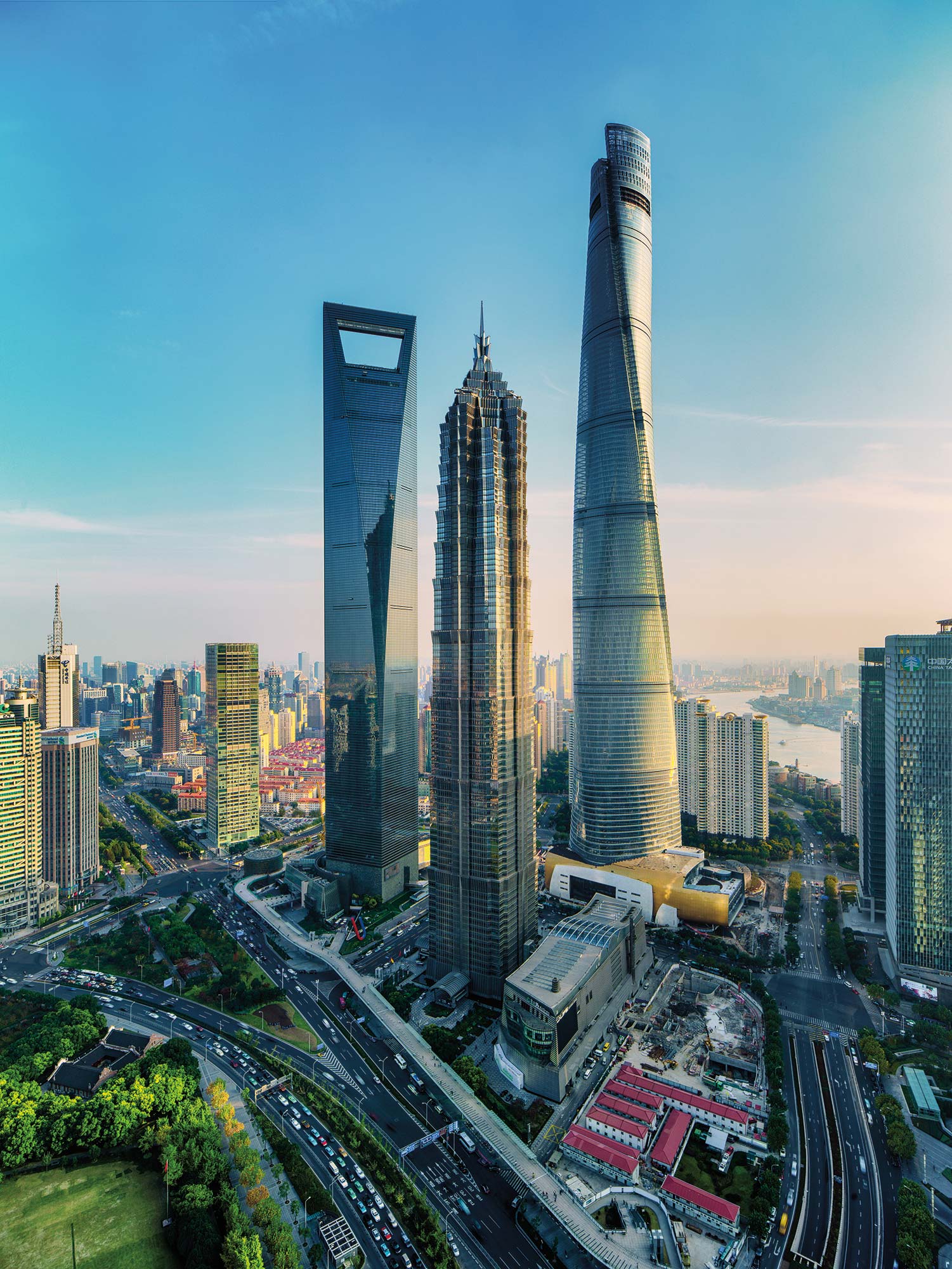
As China’s tallest building, Shanghai Tower is noteworthy for pioneering the vertical city. The tower integrates the richness and variety of urban life into its sky gardens, which function as public spaces placed every 12-15 stories.
